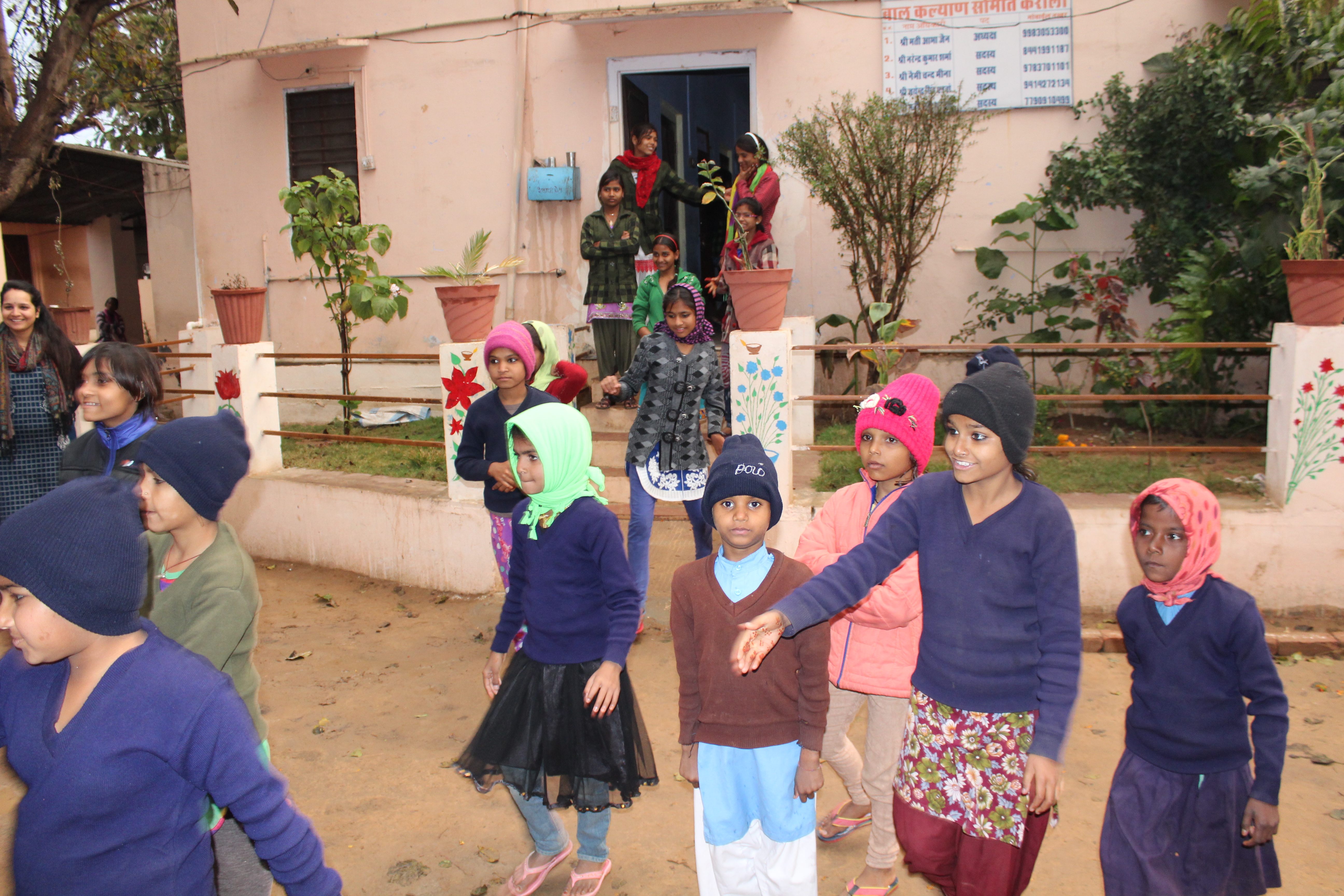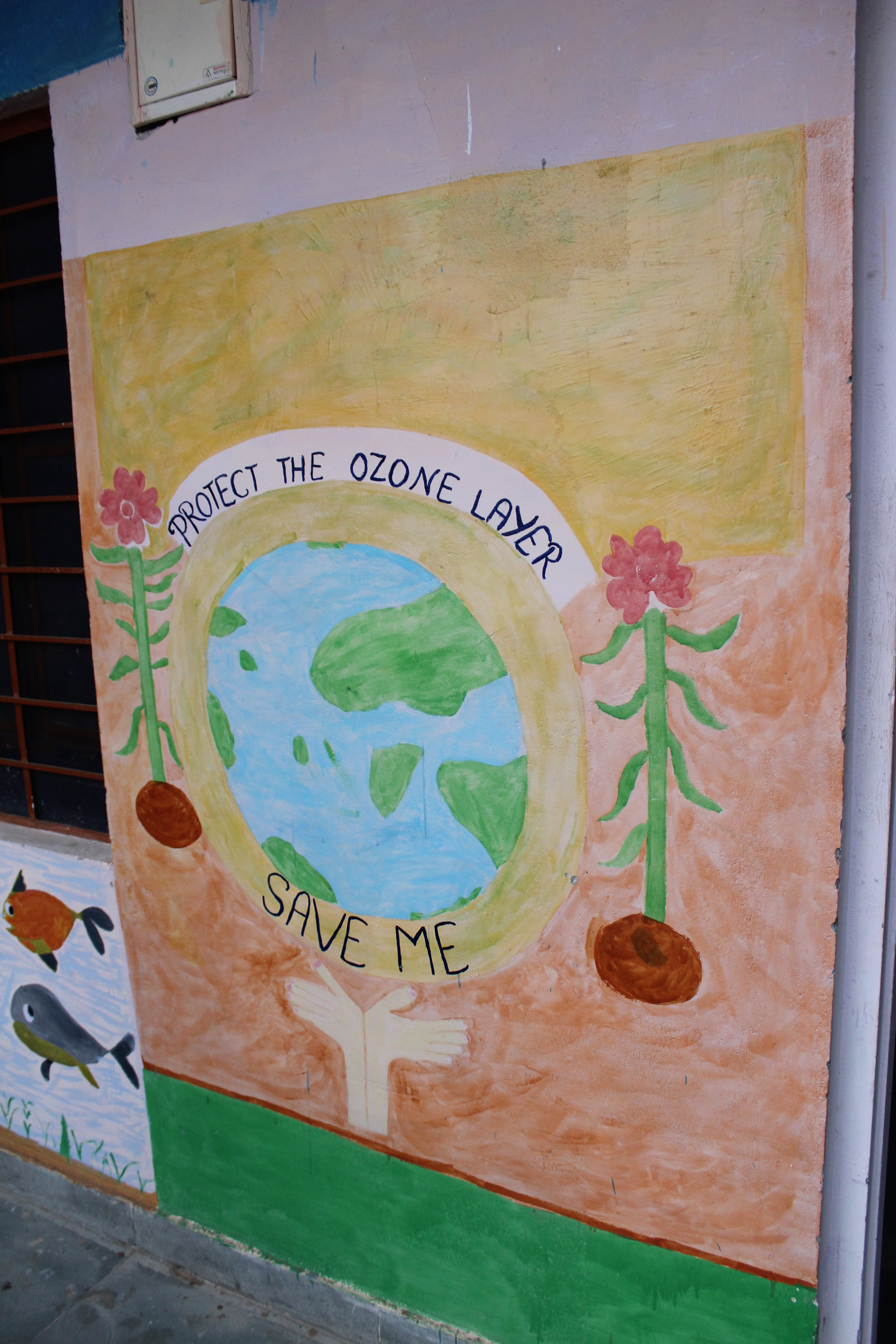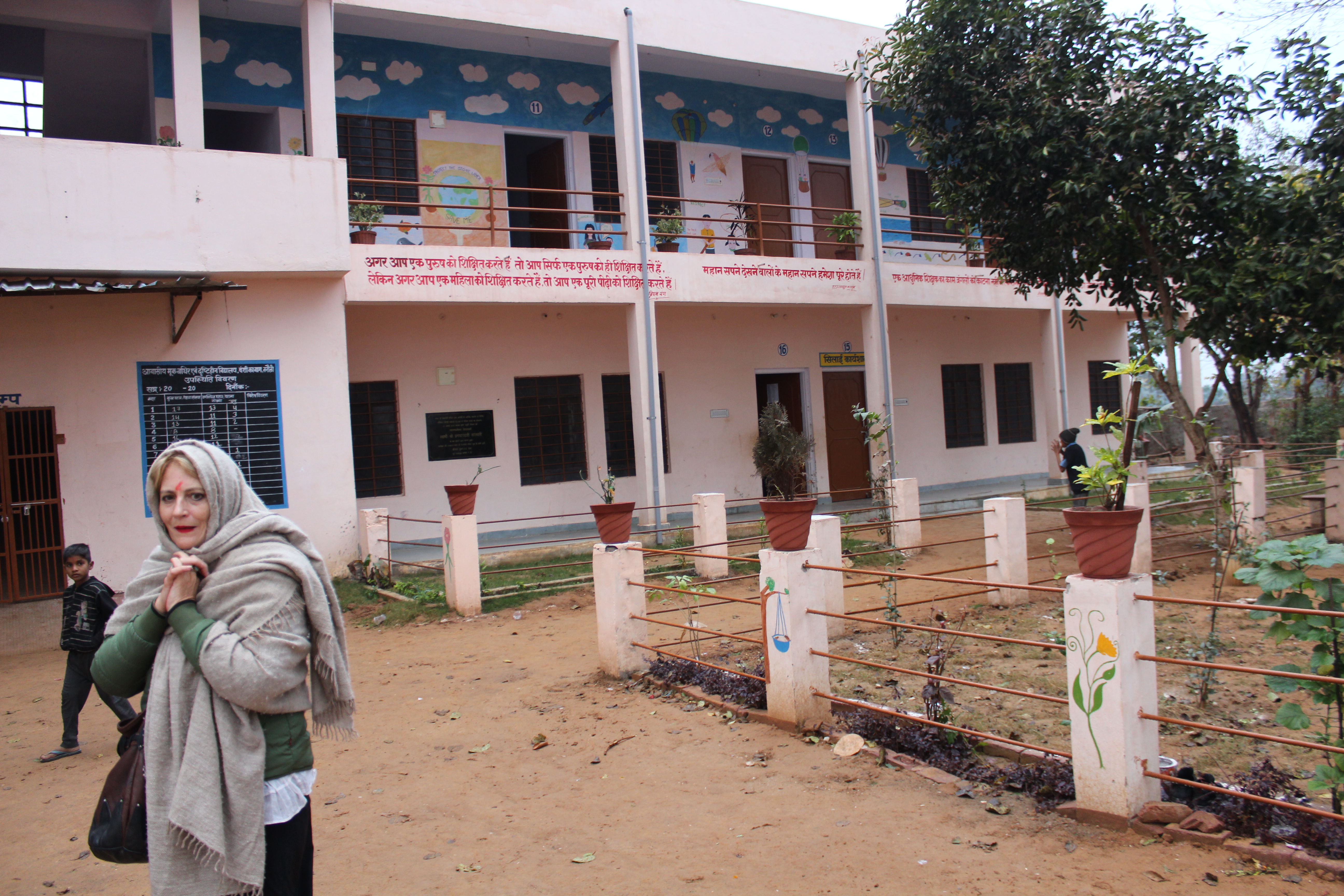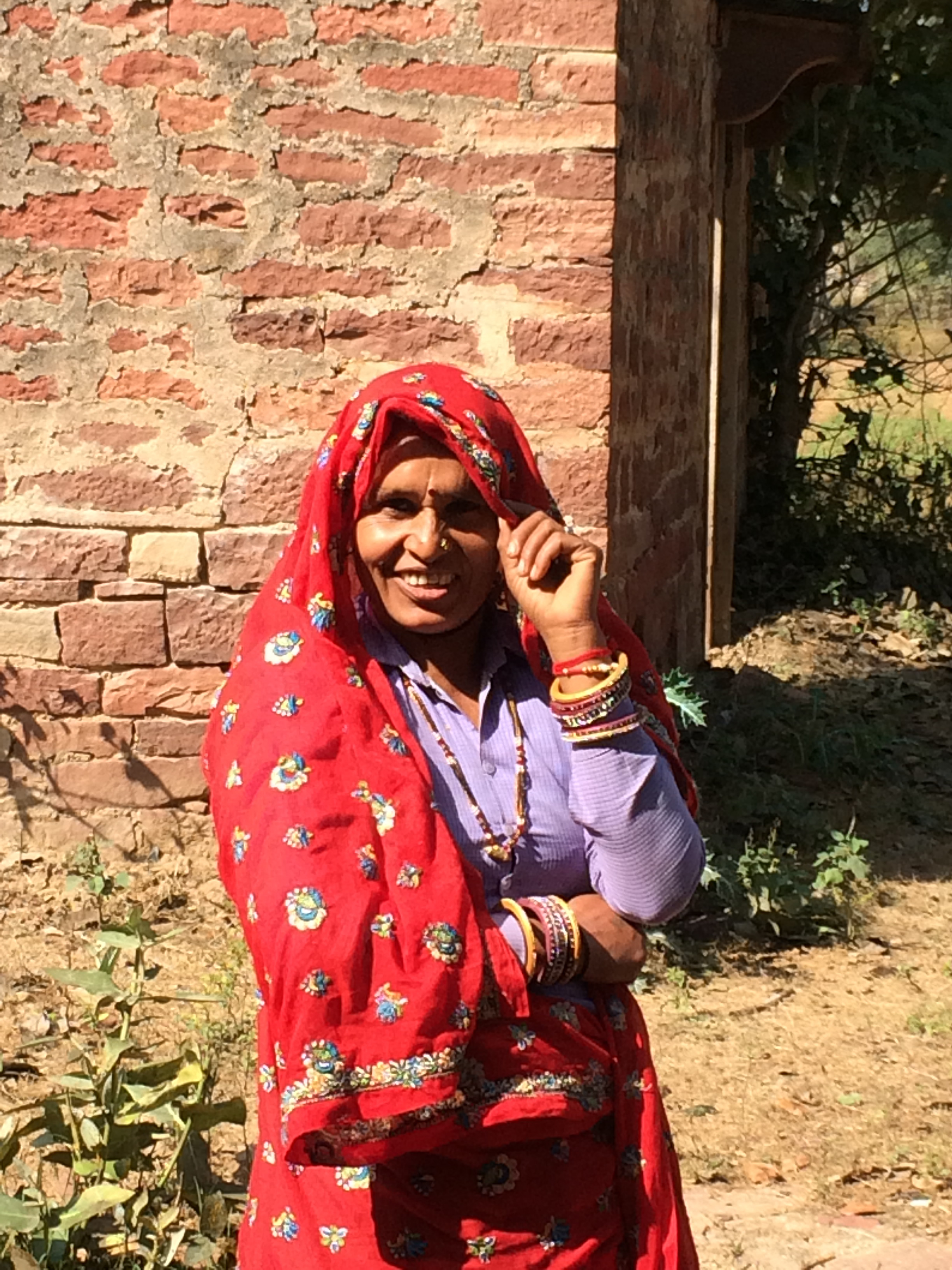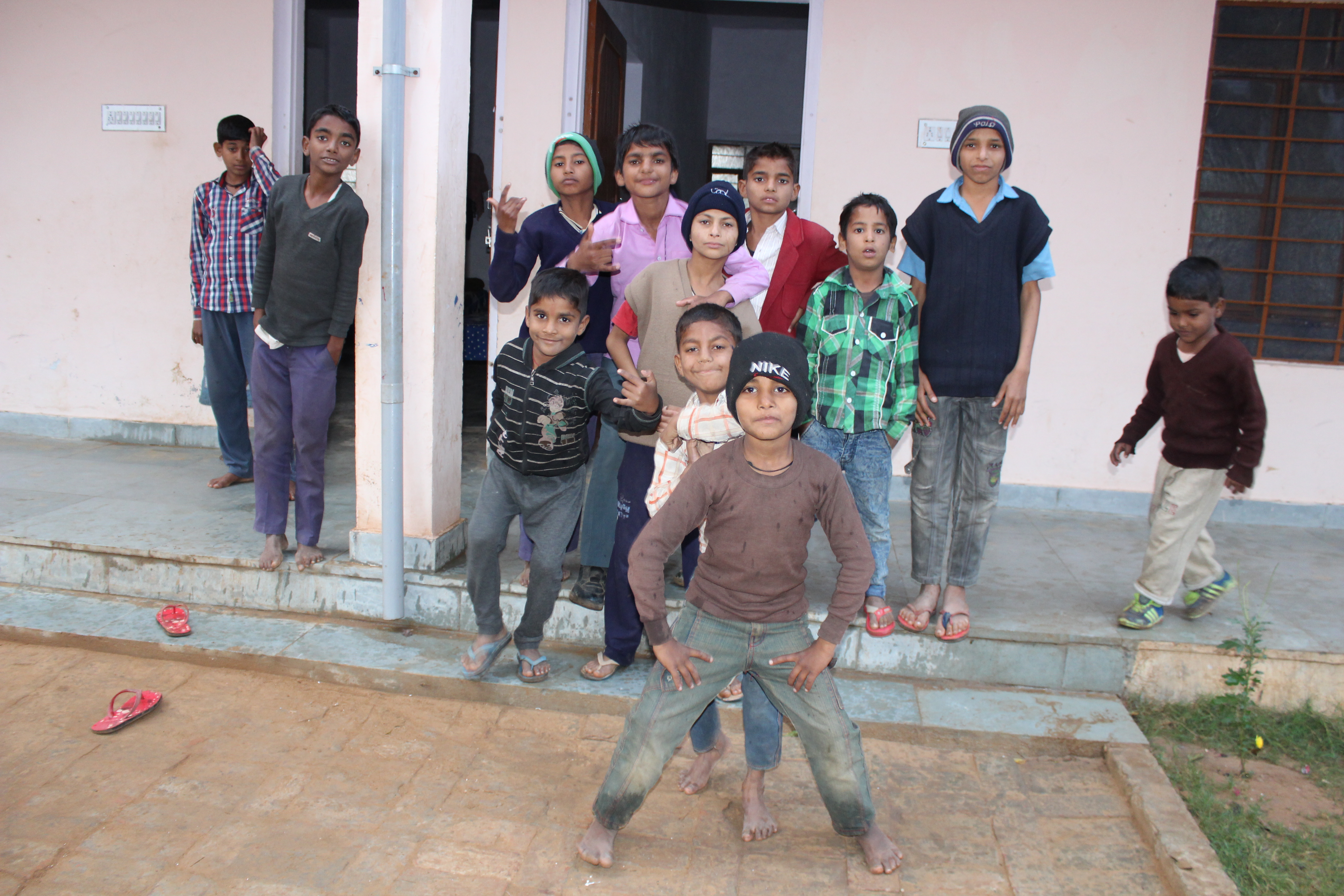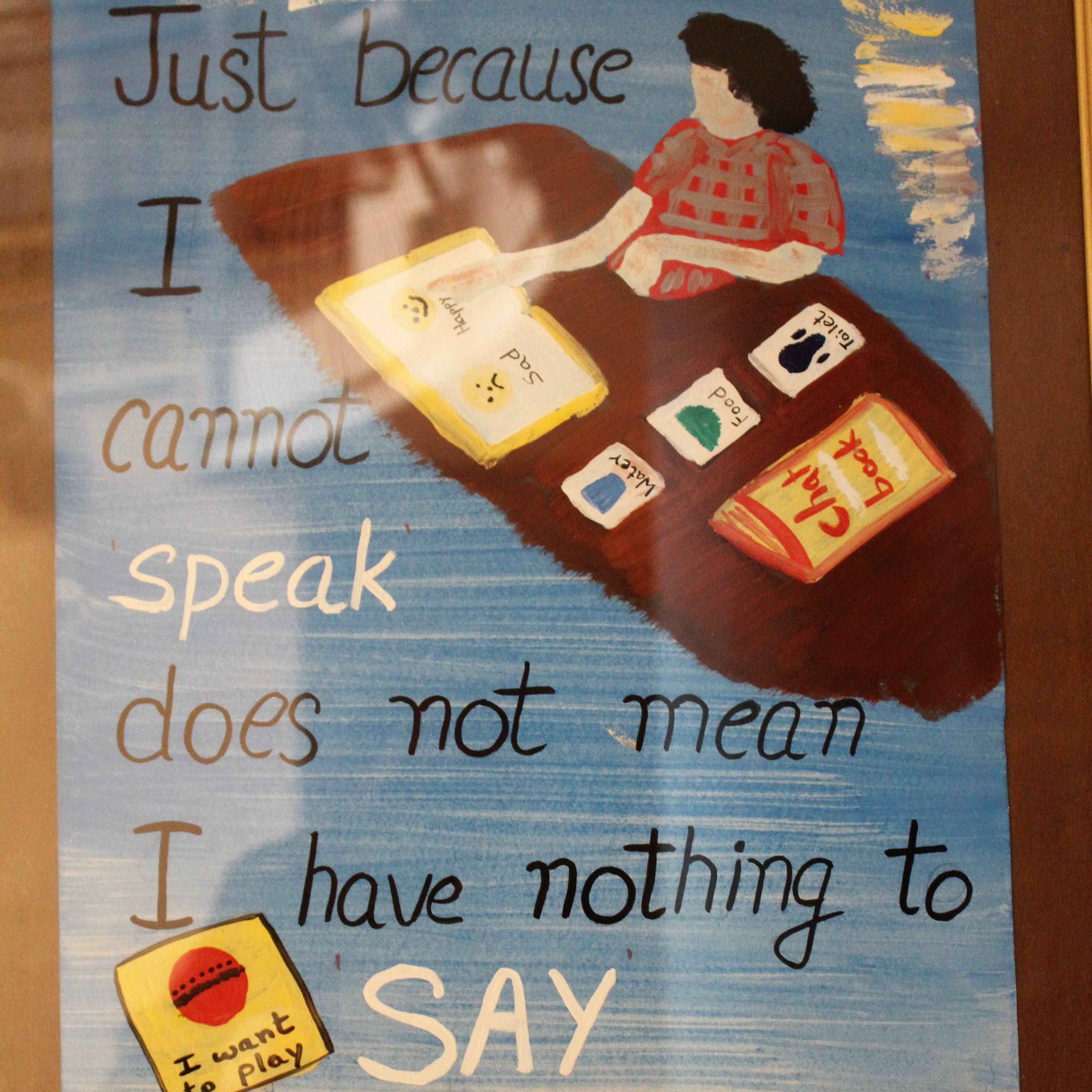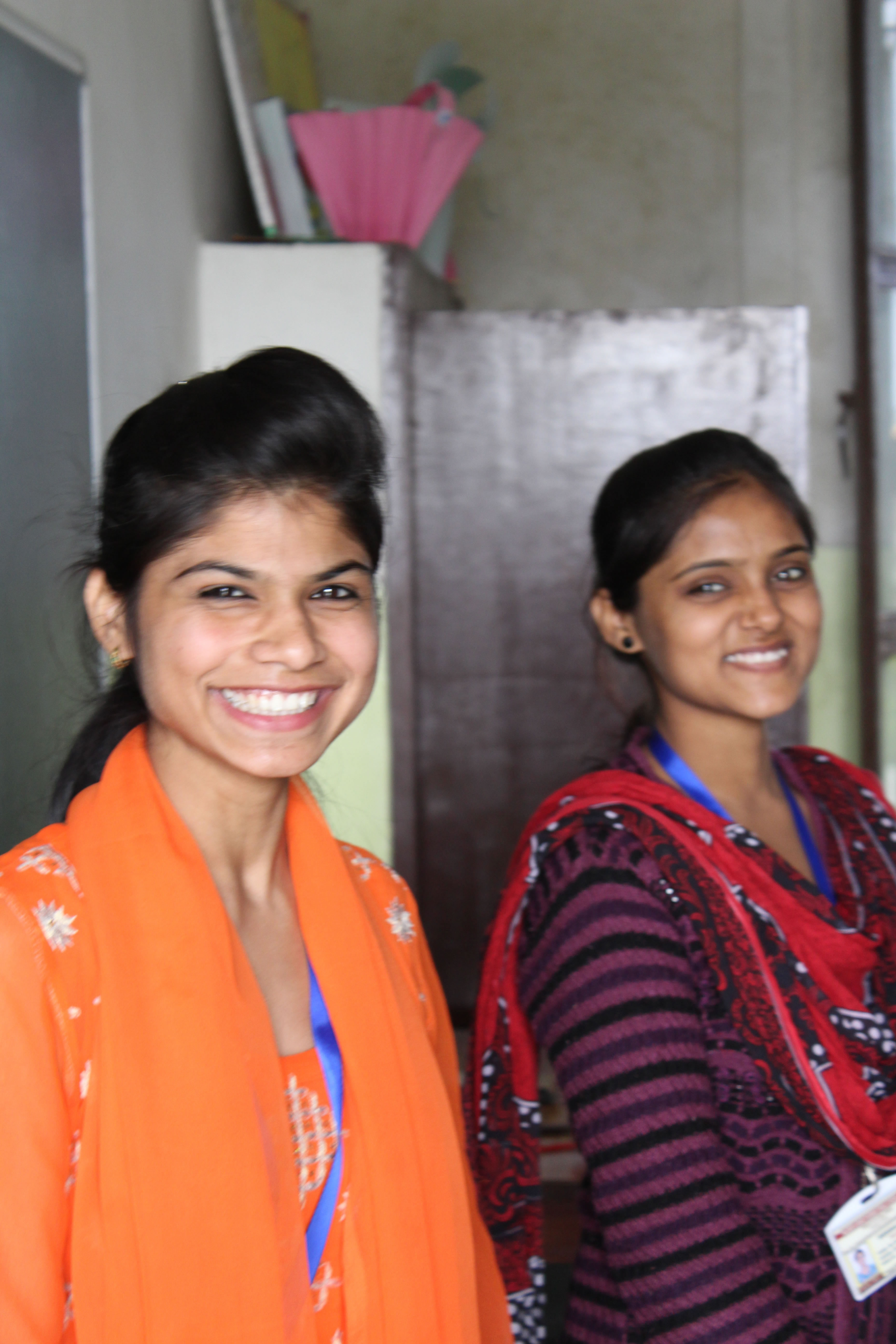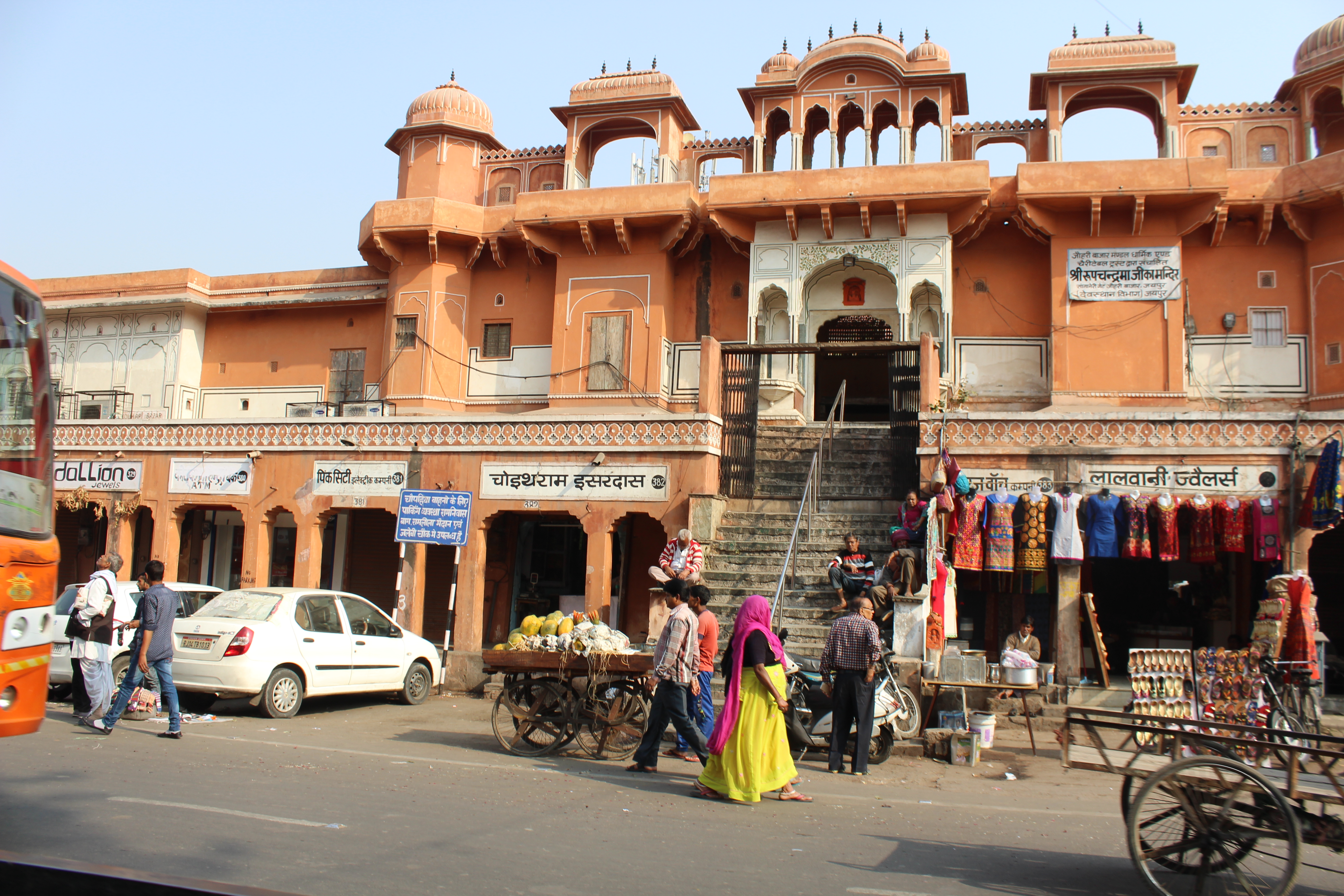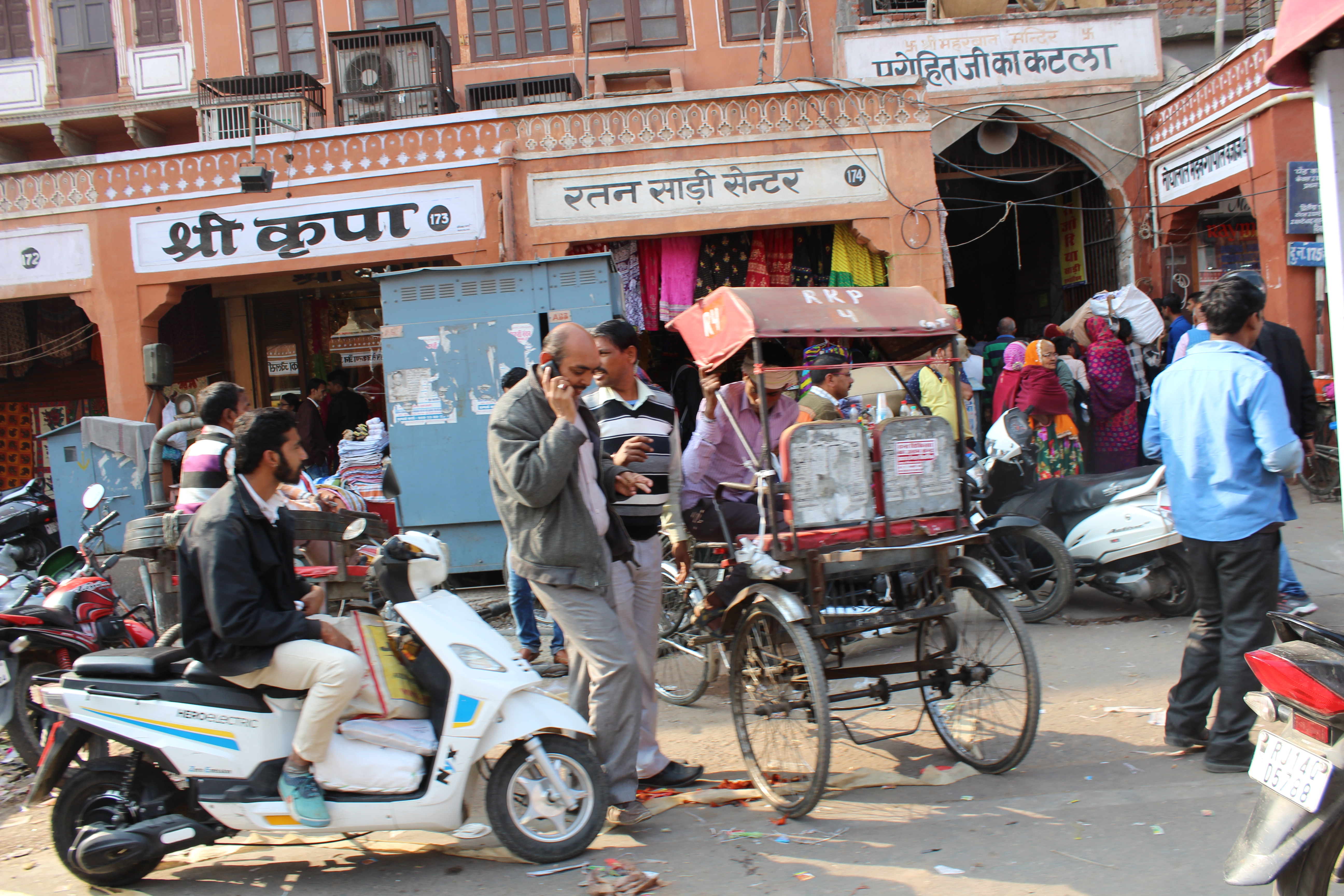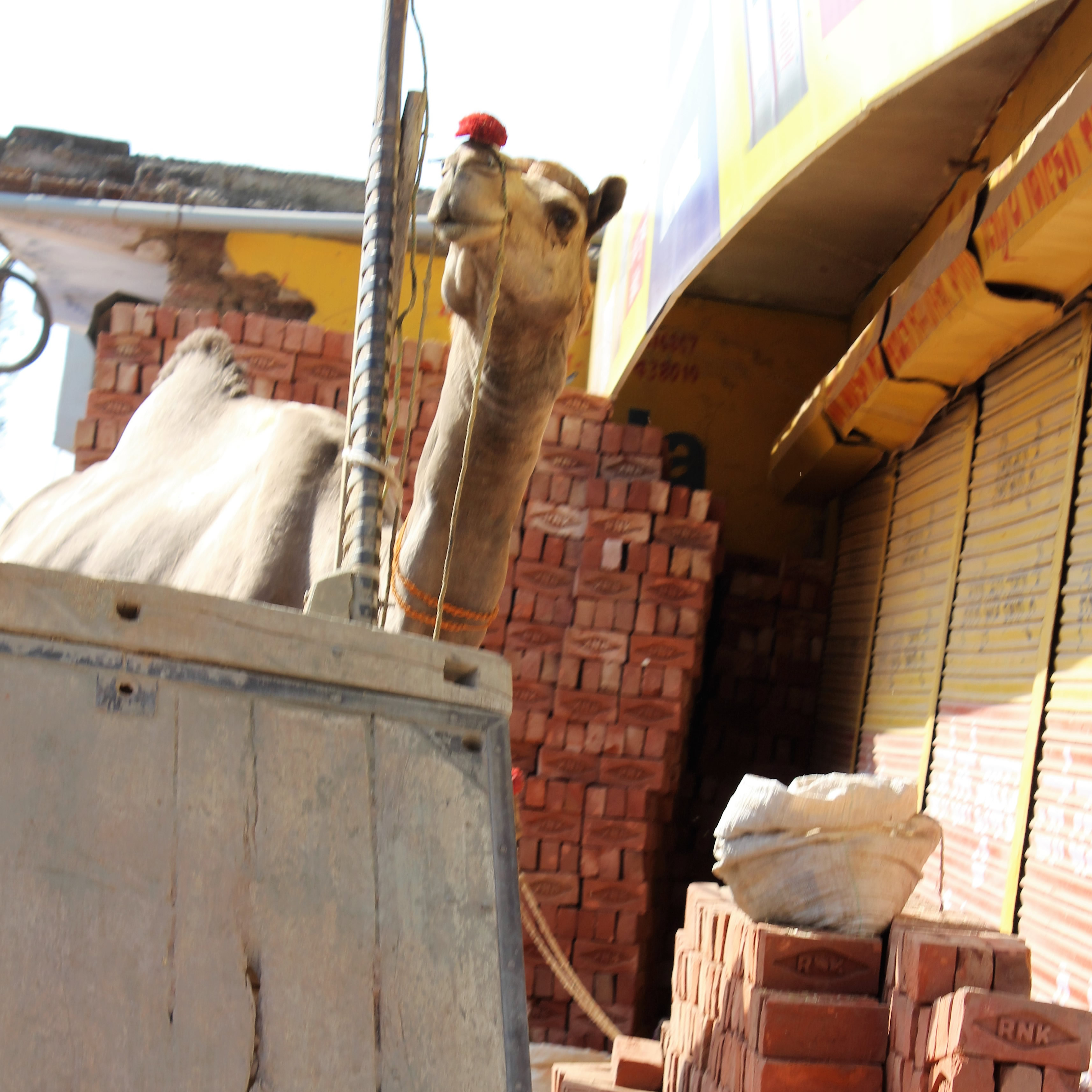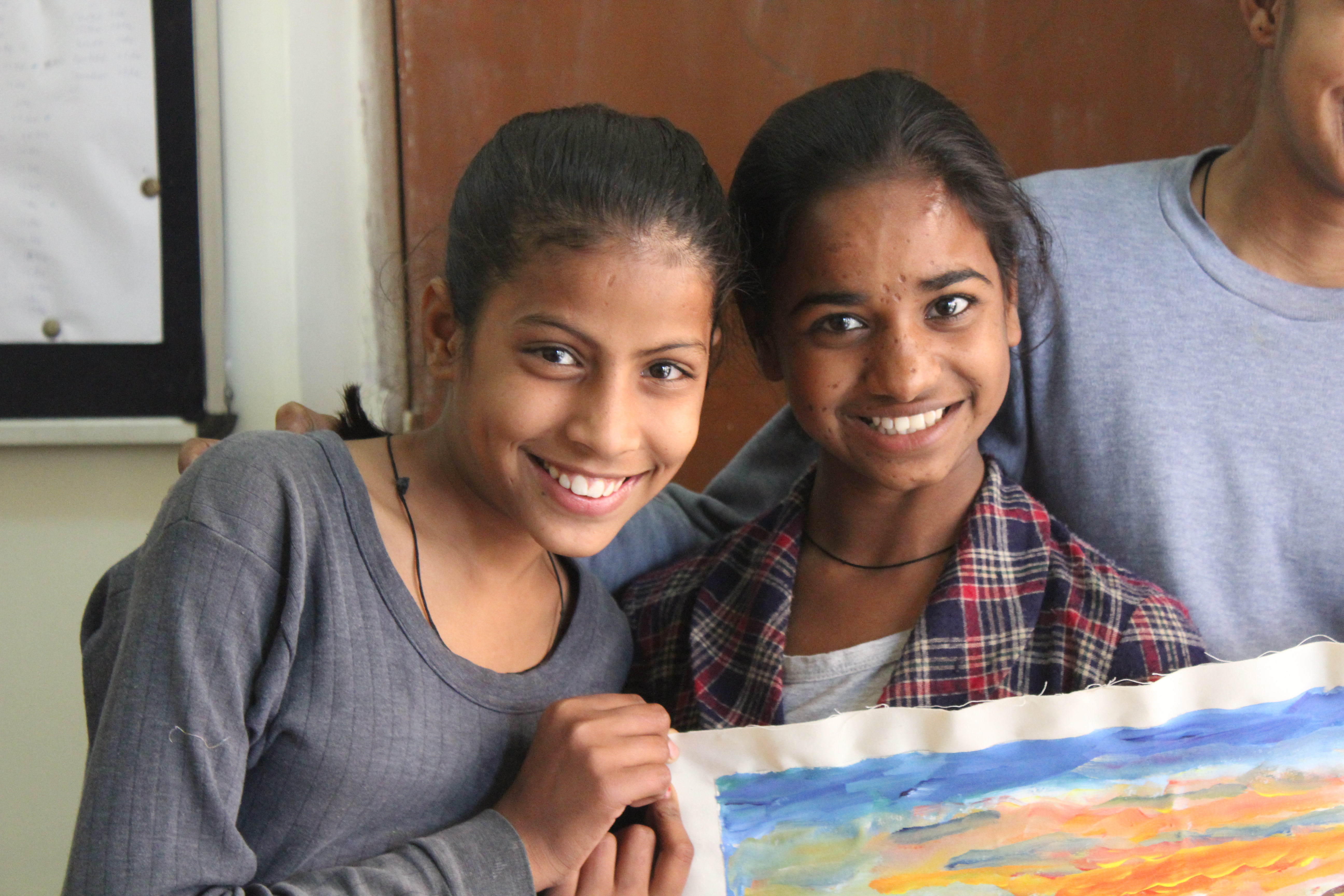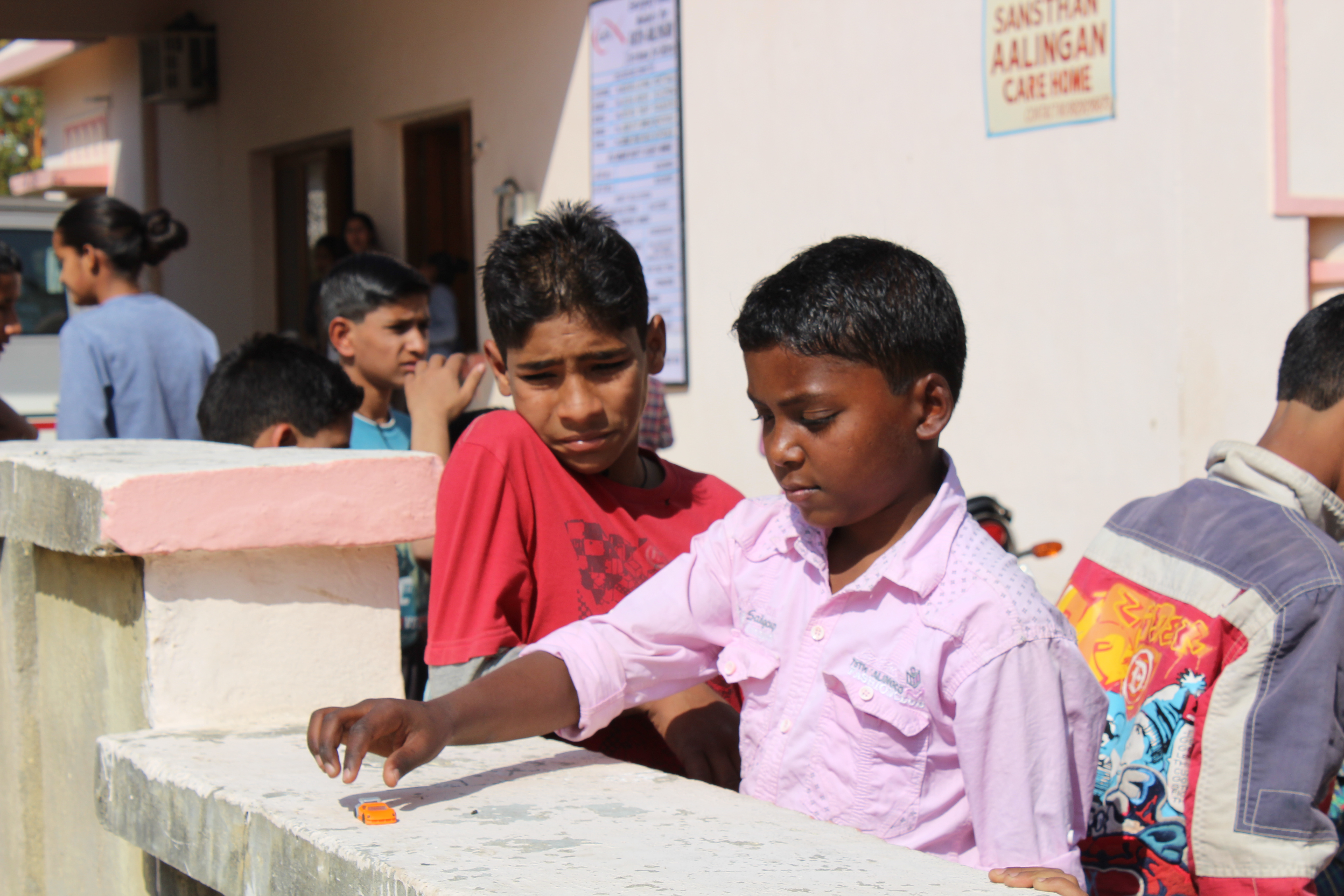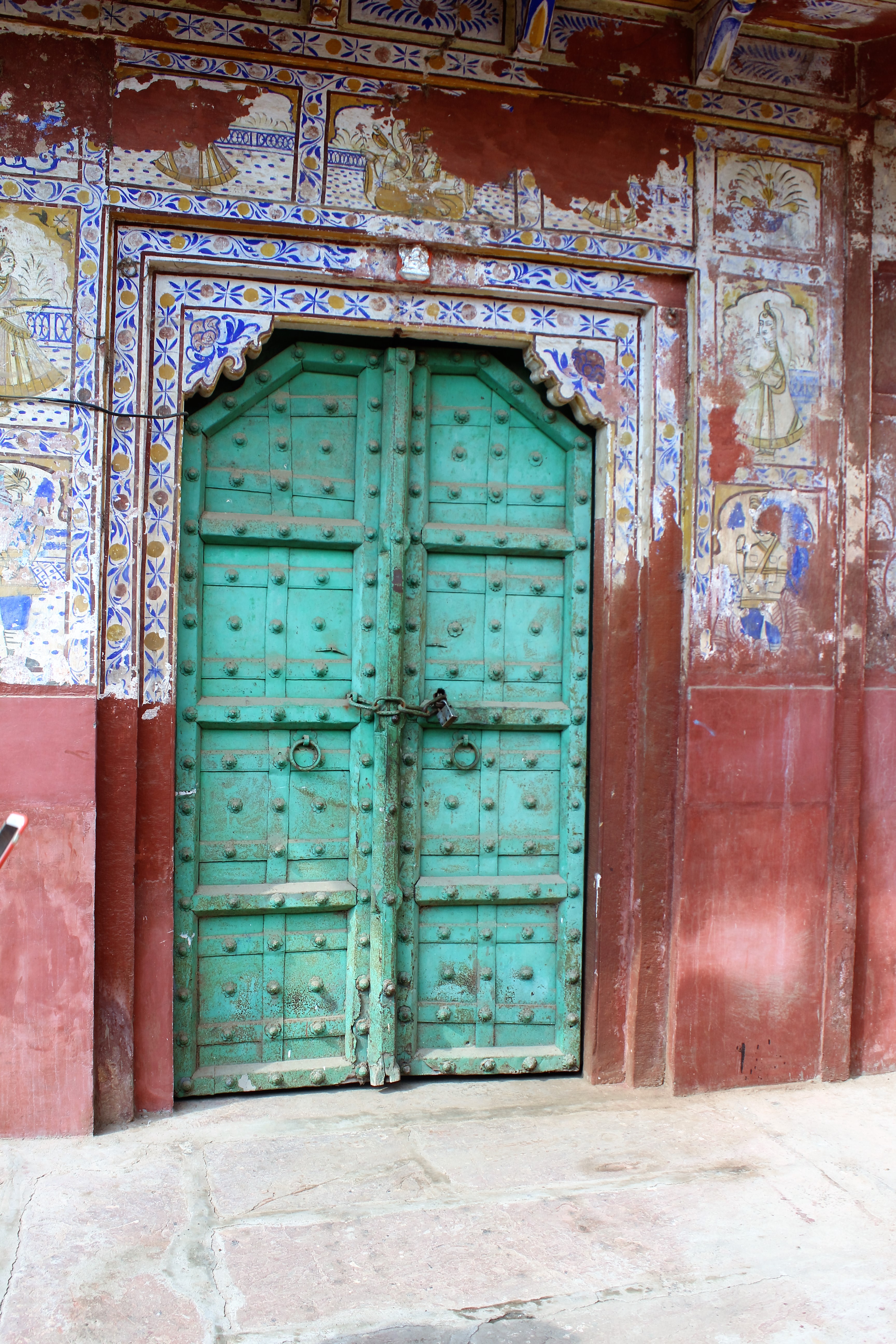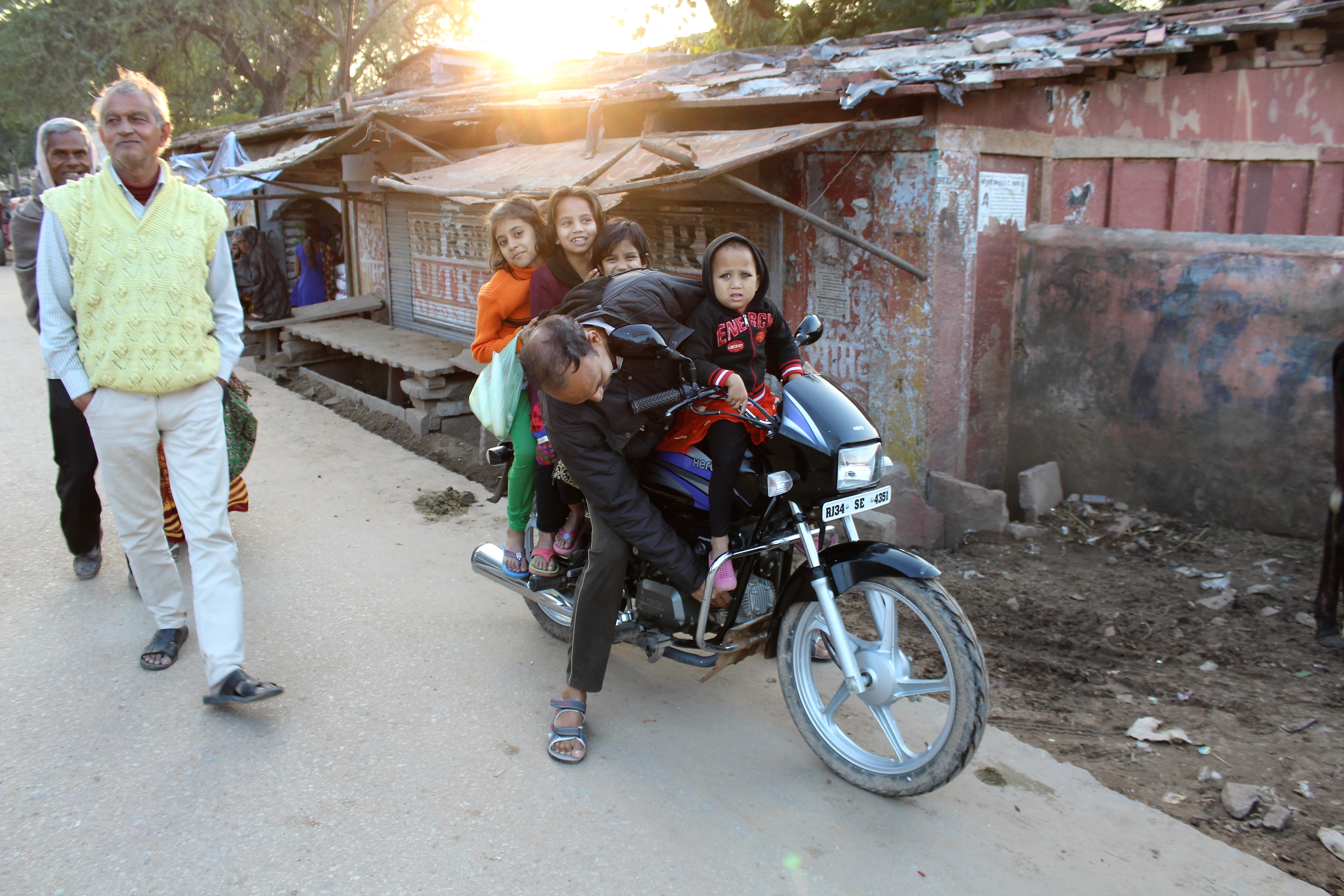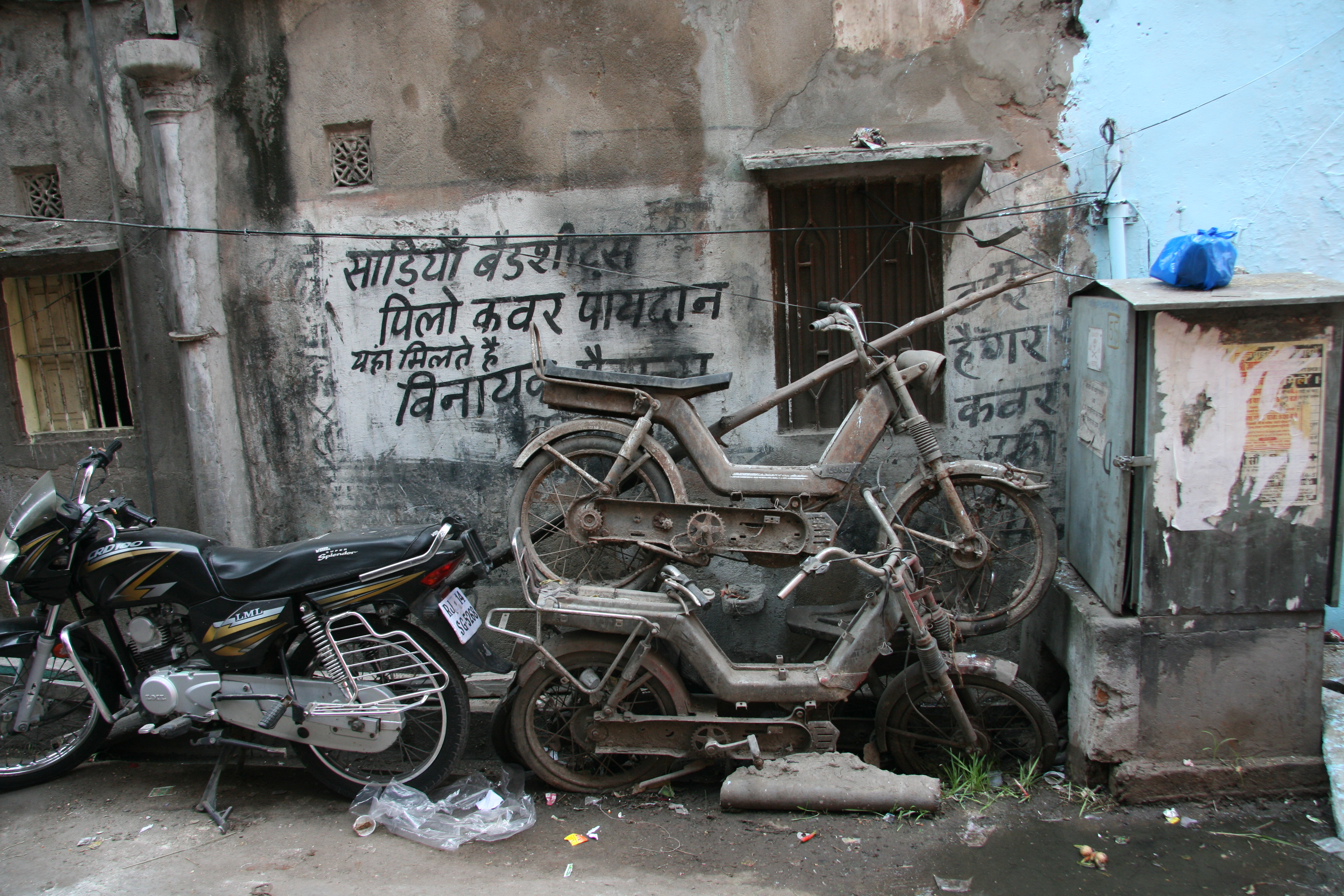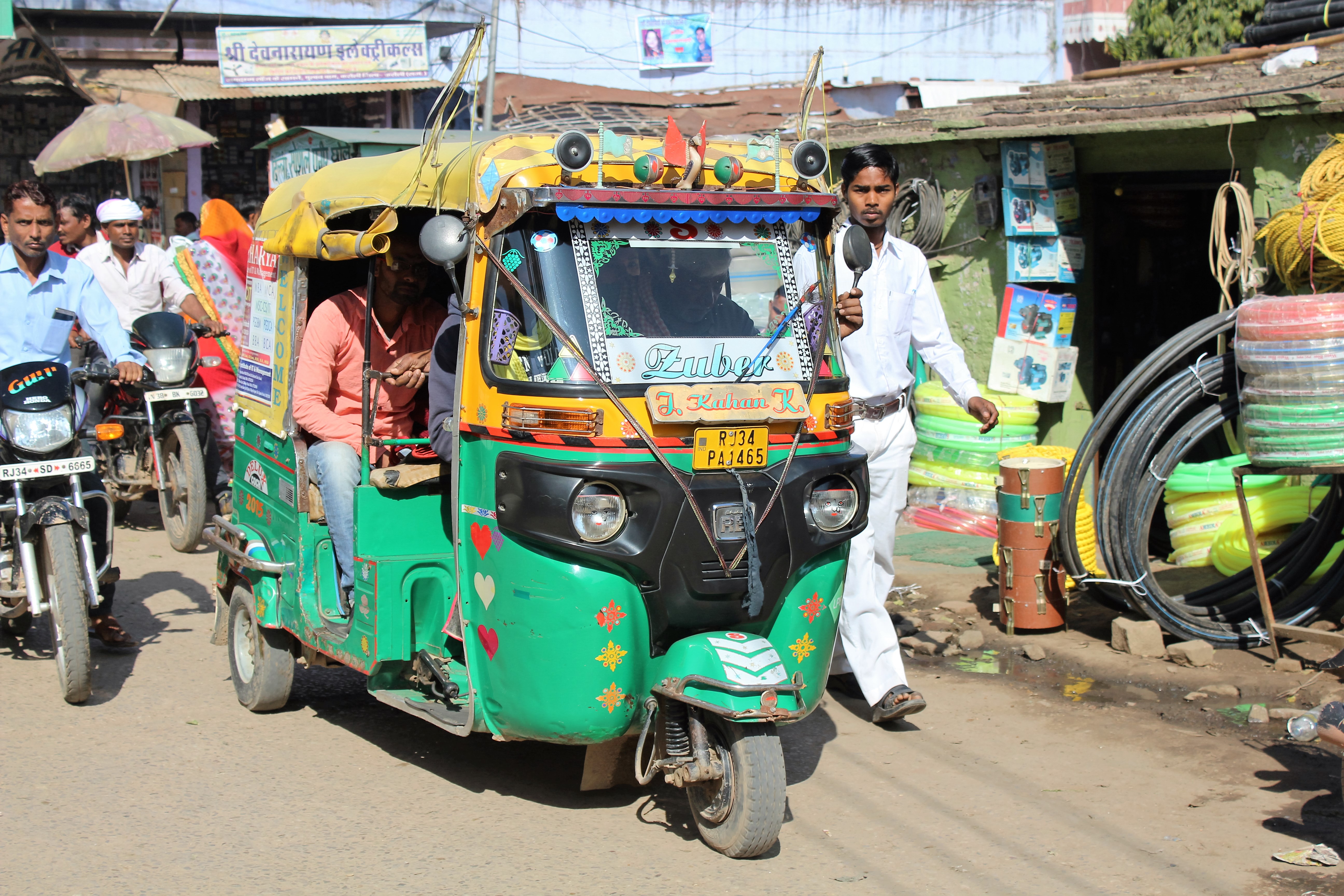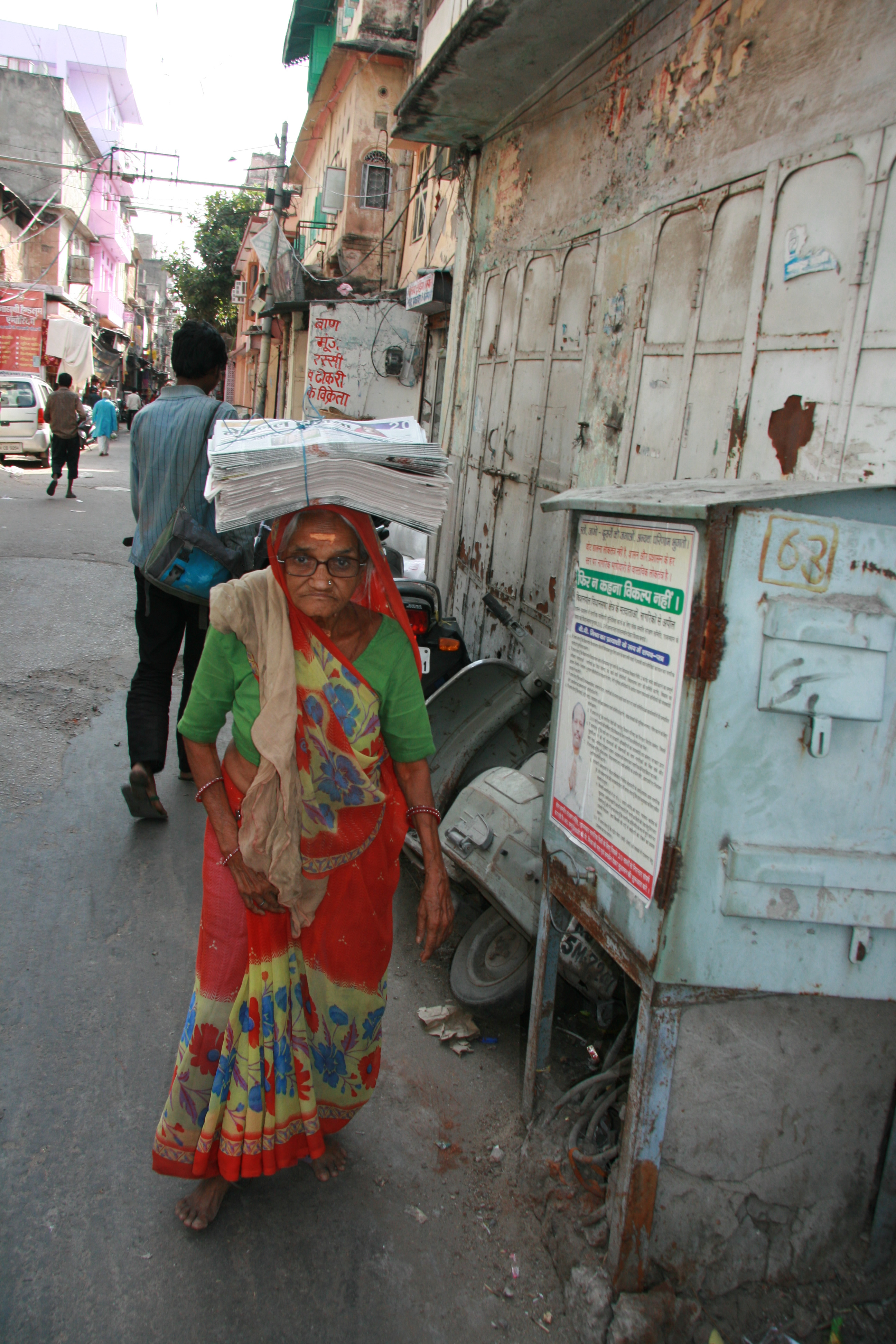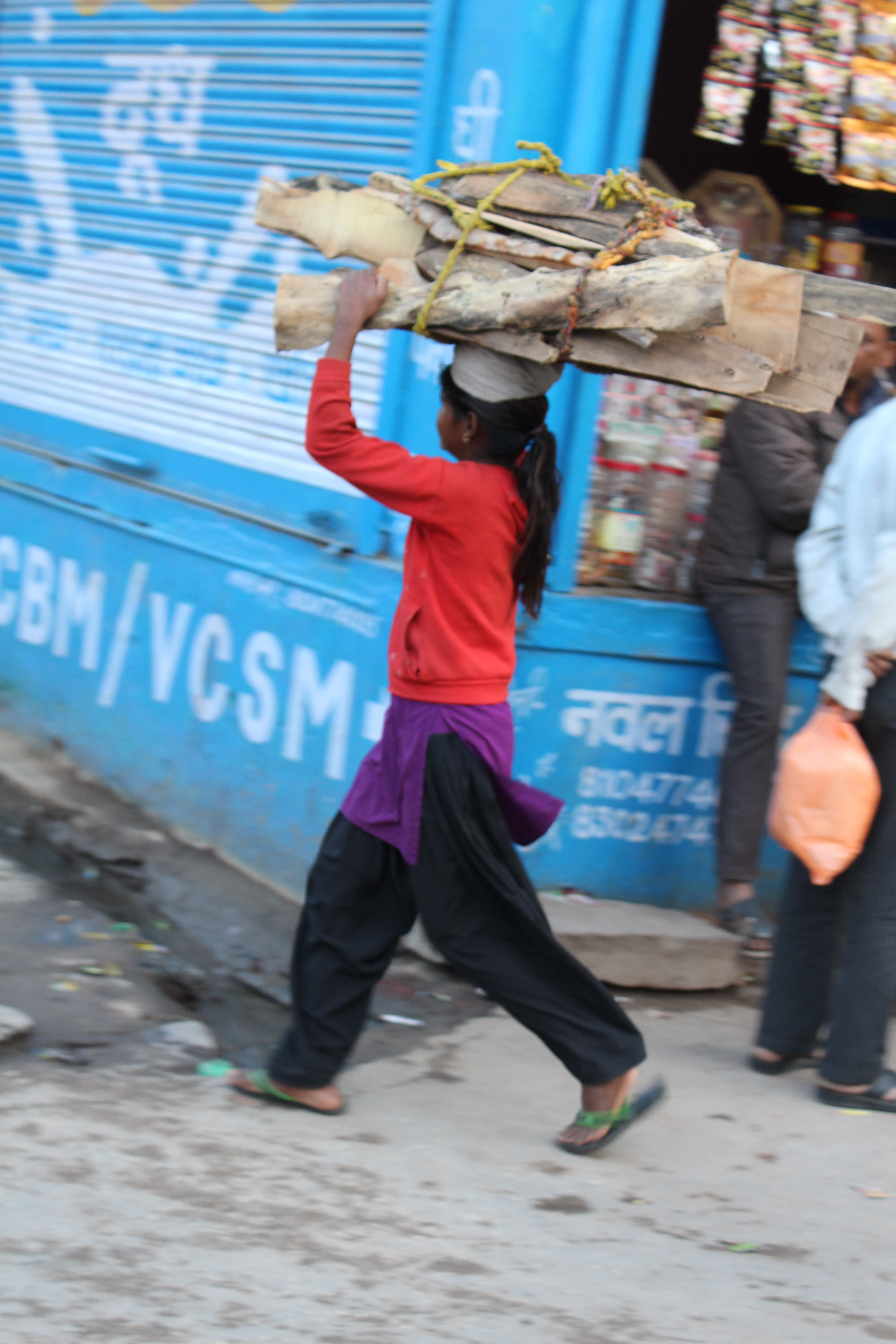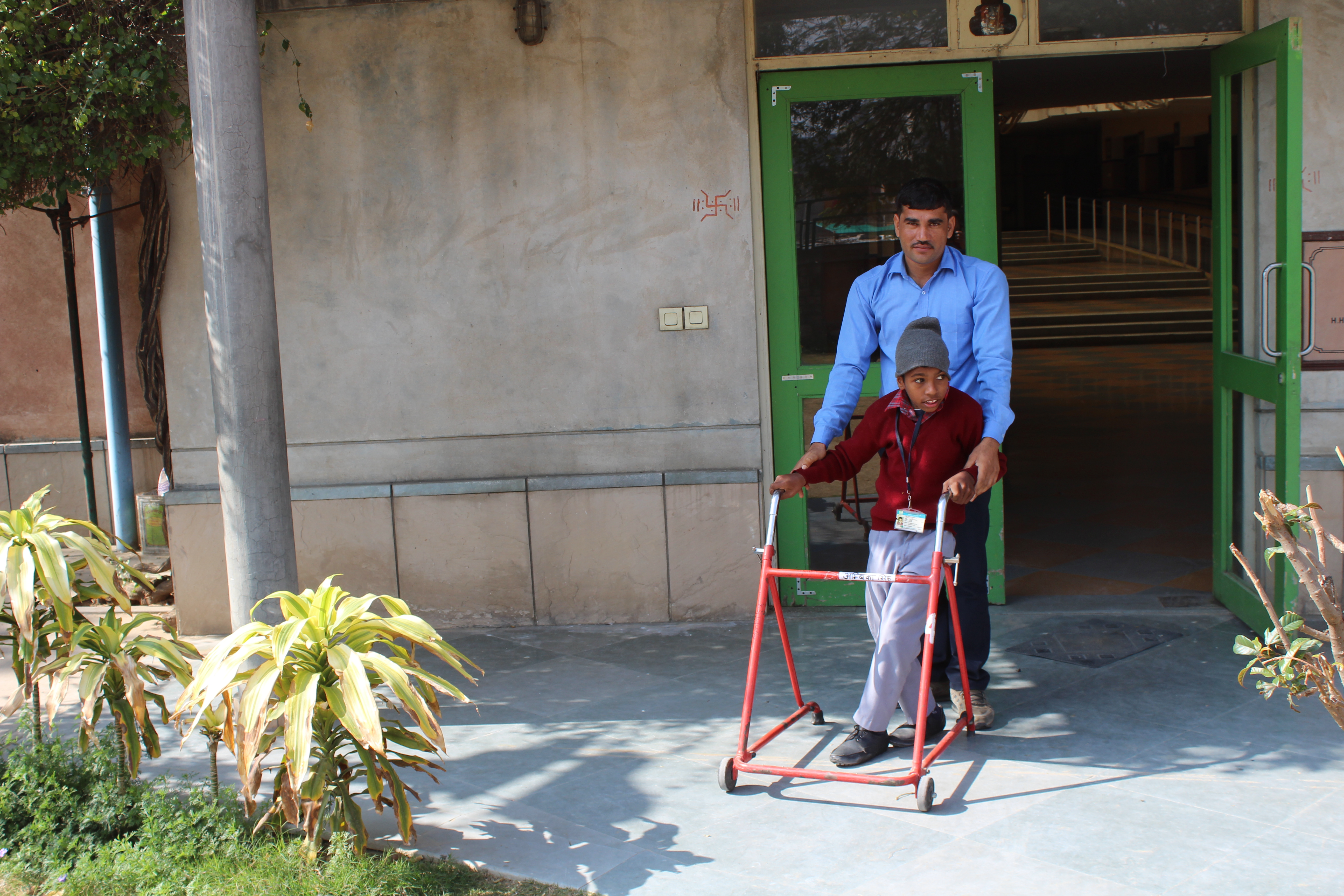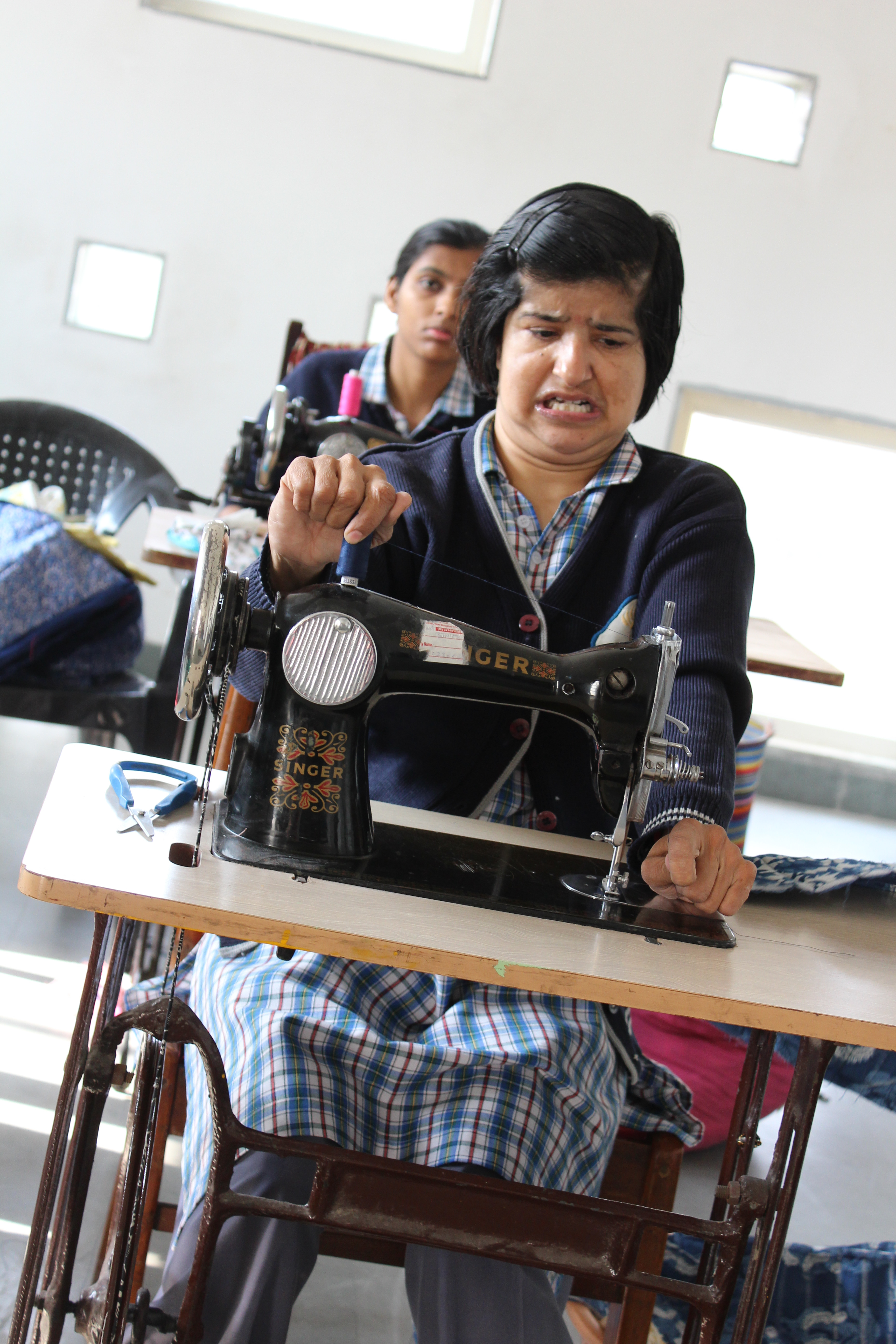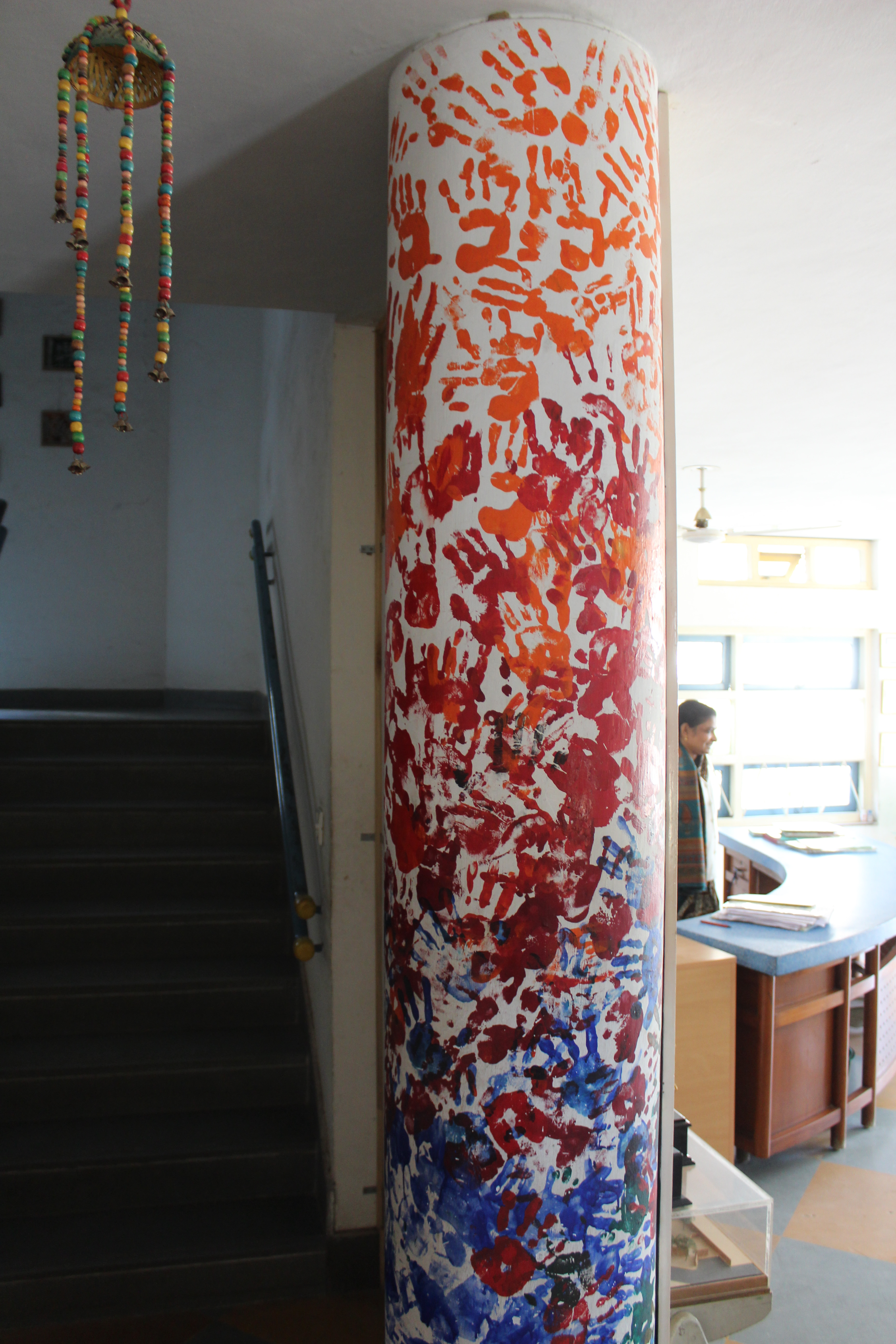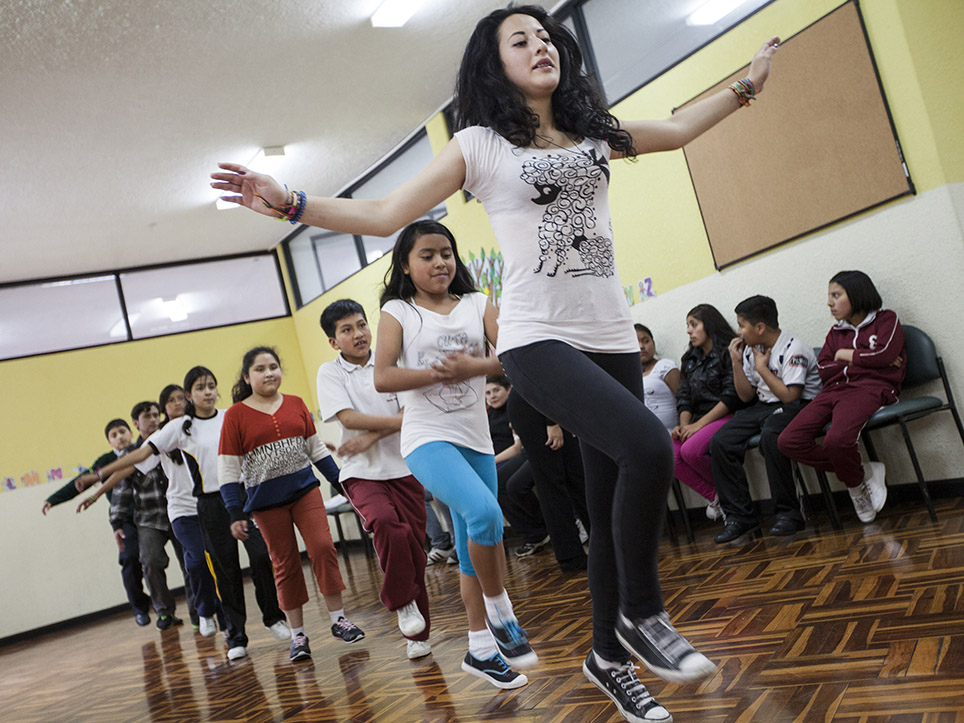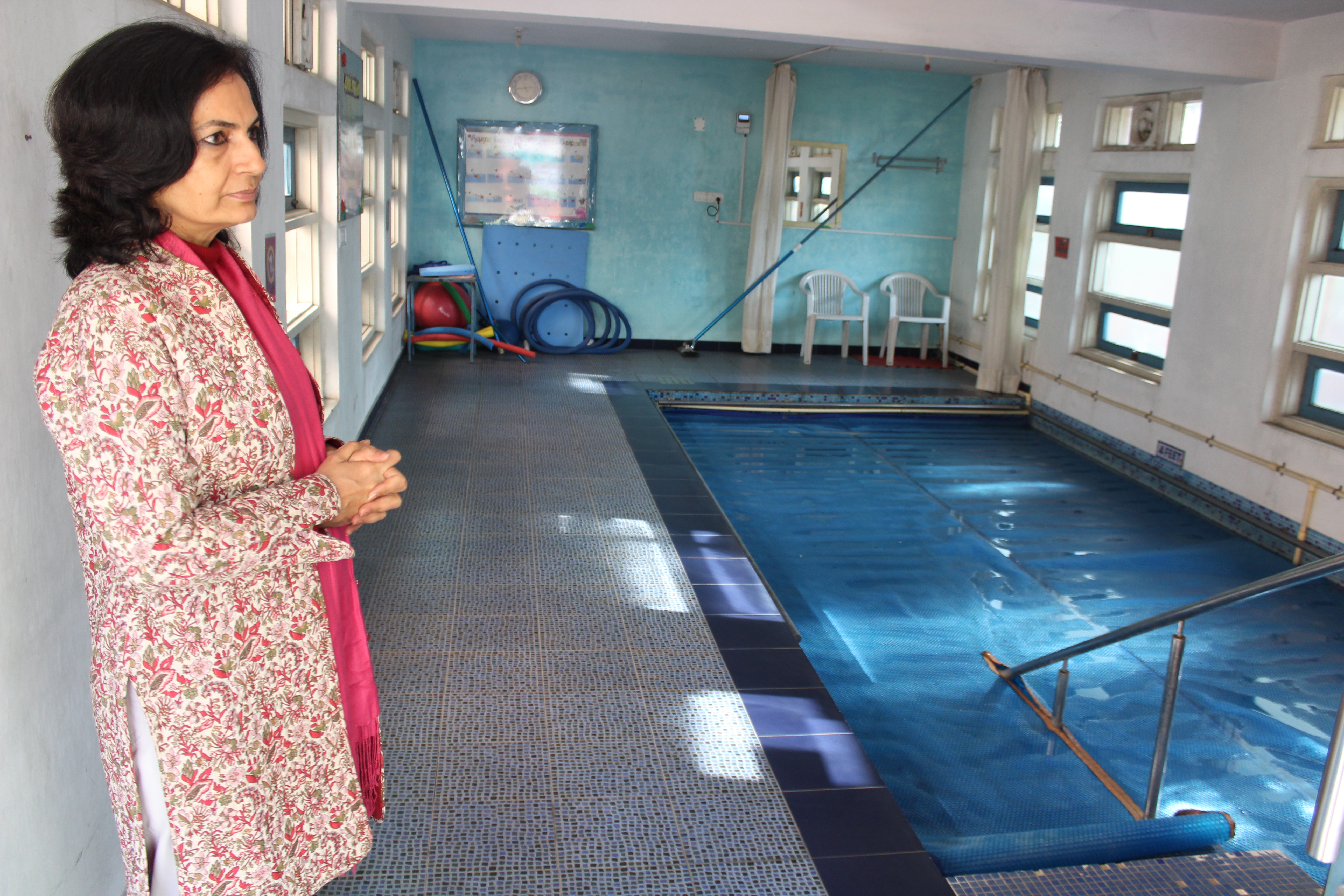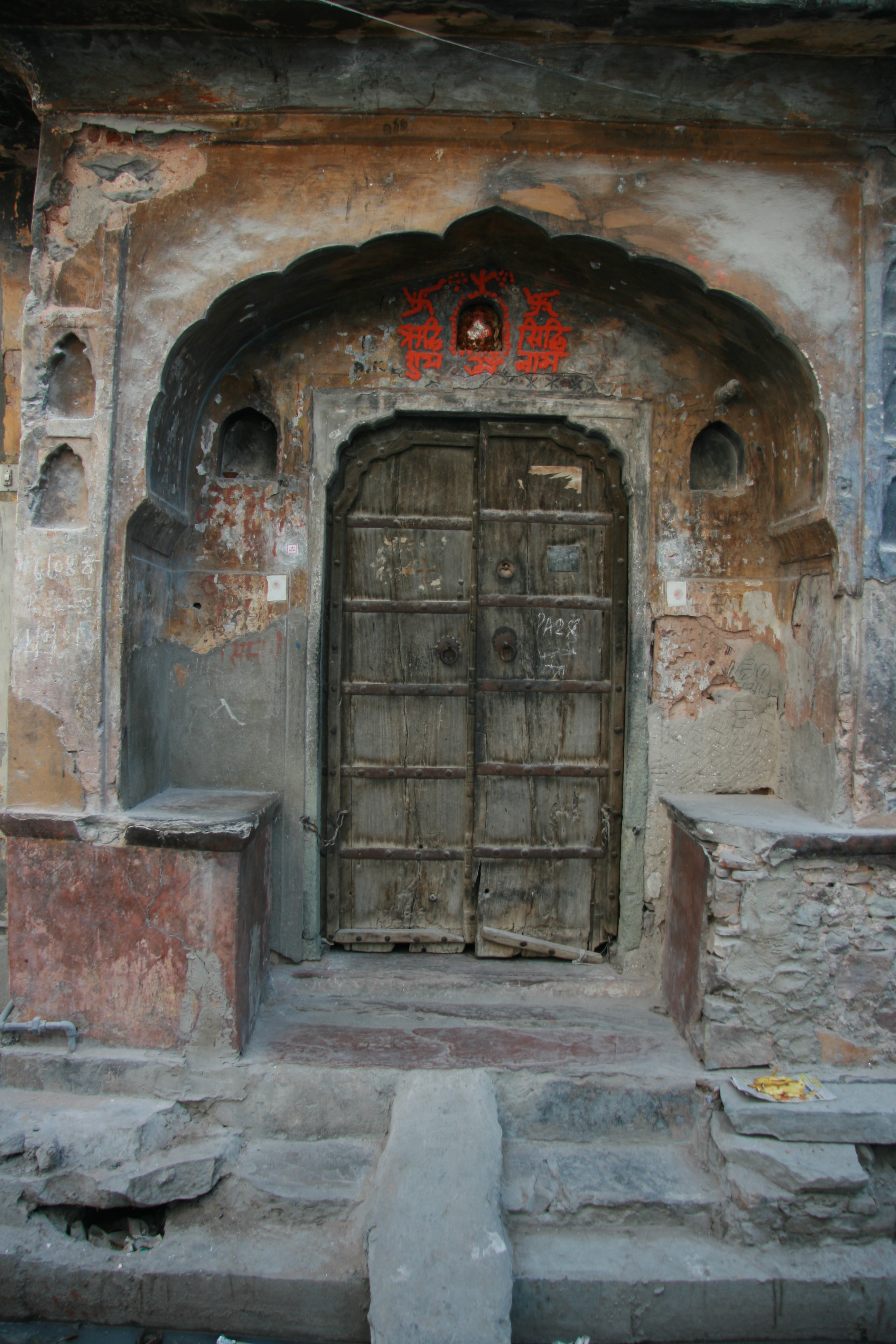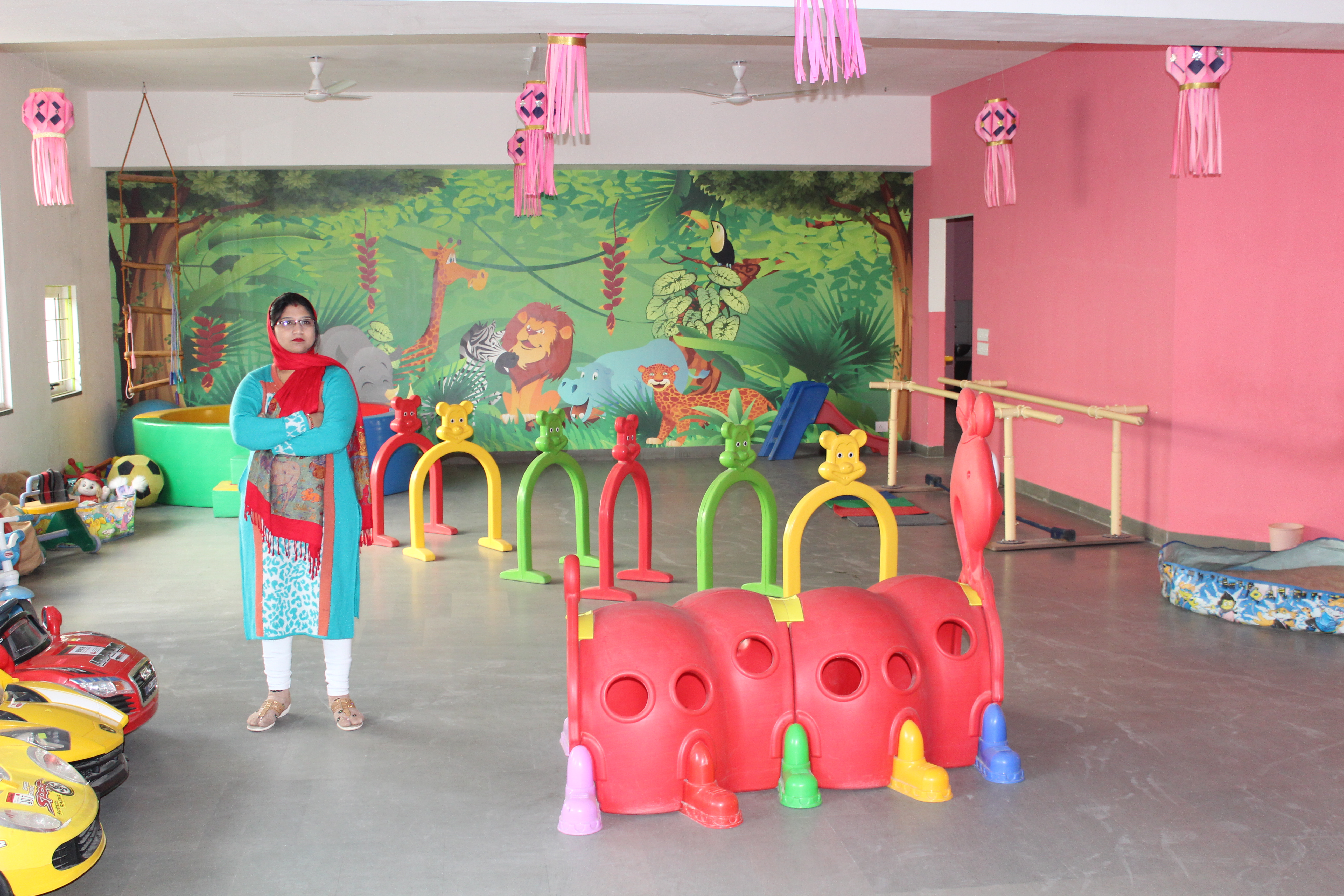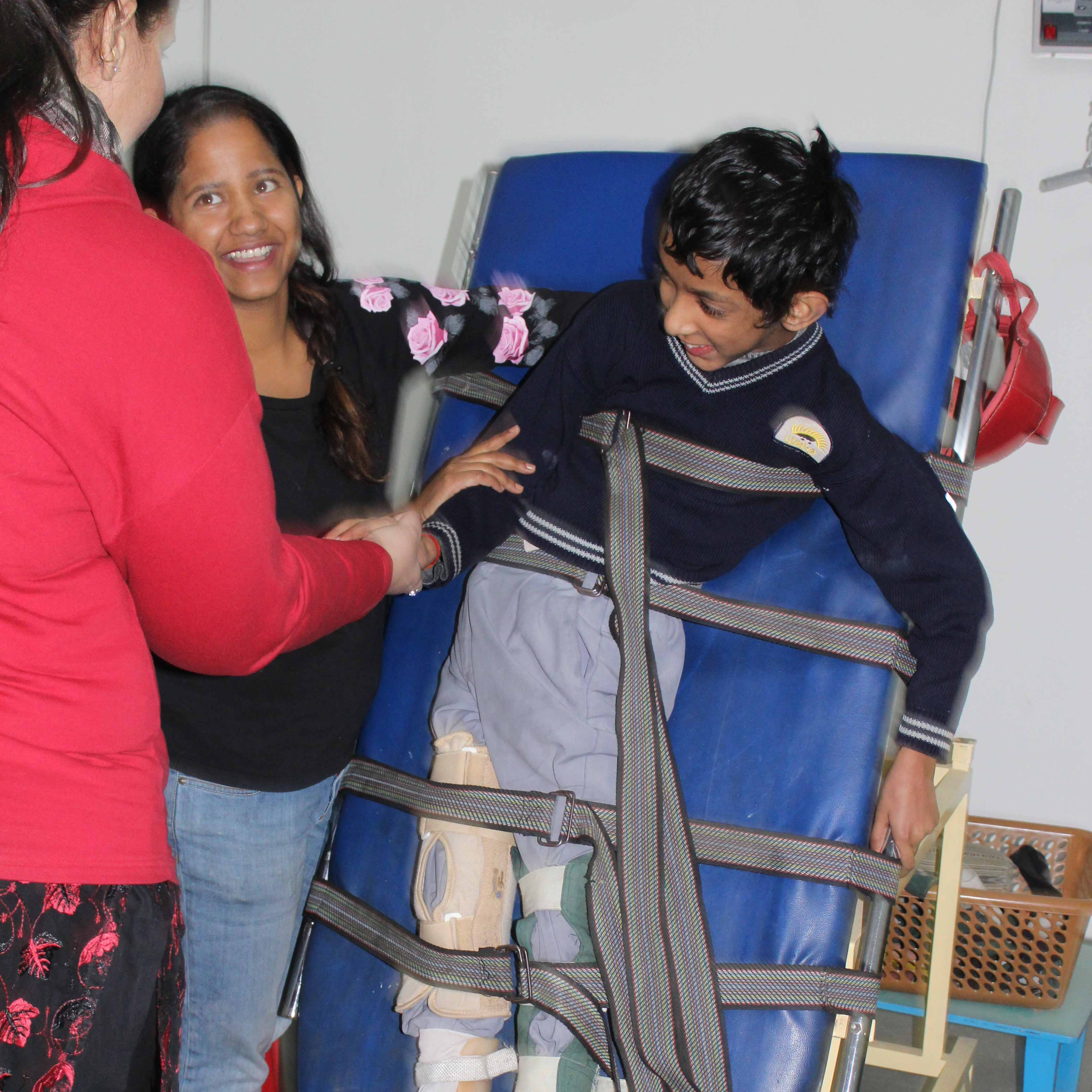School for Deaf Children – Karauli, rural Rajasthan
![]()
Karauli Palace is the ancestral home of the current Royal Highness the Maharaja of Karauli. He and his wife the Maharani support a number of projects, including the Rhantanborg Tiger Conservation initiative, clean water projects, women’s vocational training initiatives and a school for 150 deaf children aged 7-18.
This deaf school has requested the help of volunteers with art skills to work directly with the children. It is hoped that volunteers would teach them art and also create a number of wall murals on the bland walls around the small campus. There is a workshop with welding and woodworking equipment and volunteers with the appropriate skills would be free to use this to create sculptures.
Earning a living as a deaf person in India is difficult. The children moreover are from poor backgrounds and need to earn money to prevent them being a burden on their families. Mastering a skill is therefore particularly important and it is hoped that this project will form a part of the children’s vocational training programme.
Most of the 14 staff speak reasonable English and are all keen to improve through conversation lessons guided by volunteers.
Volunteers would have the privileged positon of being accommodated in private rooms in Karauli Palace. This is a fascinating building run partly as a rather grand hotel and also as the permanent residence of the Maharaja and his family. The rooms are generous with their own bathrooms, managed by the palace staff. The grounds and gardens are expansive and volunteers would have the use of the palace swimming pool.
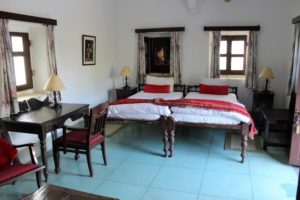
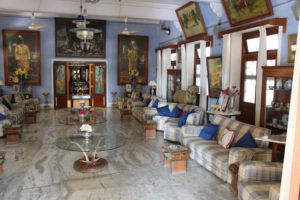
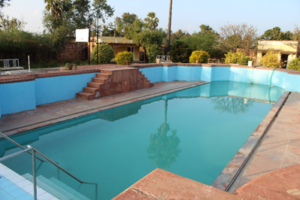
The deaf school is residential with children coming from all over Rajasthan. Being permanently on site means that volunteers can continue their sculptures and art work outside the normal lesson times. In return for living in the palace, the maharaja would like volunteers to help organise the staff in a variety of ways. Domestic work is not needed but most of the staff are uneducated and need constant management. This additional work would almost certainly be interesting, not least of which because it would give volunteers an insight into the workings of a royal palace.
July and August are prohibitively hot and coincide with the monsoon rains. These last for an hour or so each day and have normally finished by September. The ideal time to participate in the project would be between October and May, for a minimum of two weeks.
- Minimum duration: 2 weeks
- Maximum duration: 6 weeks
For further details, see our India country page. Then simply contact us or complete the application form.
![]()
Fort Awagarh is situated in Uttar Pradesh, which is approximately four hours by car driving south-east from the capital Delhi. It is a magnificent 14th century fortress and has been the ancestral home for the Raj and his family since it was built. The whole construction is surrounded by a vast wall, protected by a moat. Much of the building has fallen into disrepair but gradually it is being renovated by the current Raj and his wife, the Rani. Yusav, the Raj, lives with his family in beautifully restored rooms in the central part of the Fort and has ambitious plans to restore it to its former glory. Volunteers would live in this restored part of the building.
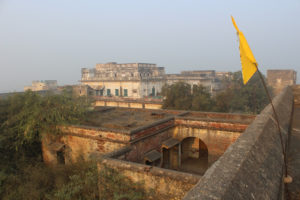
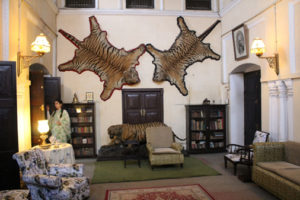
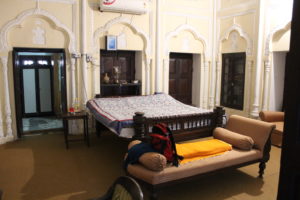
Awagarh is a charming town, home to Hindus, Sikhs and Jains. The streets are alive with women in their brightly coloured saris, turbaned men sporting proud moustaches, craftsmen making jewellery, wood carving and fine stone work all jostling for position amongst the sacred cows, camels and clatter of motorbikes.
The Raj and the Rani support a number of projects and are highly respected in the community. Volunteers are particularly needed however in their school, which provides a good education for 240 children aged 5 – 12. Realising the need for local people to be educated they built the school in 2011 and it has being growing both in numbers and in quality since this time. The next stage is to convert surrounding farmland into playing fields for cricket, football, athletics and other sport.
Unlike many other schools in India, this one is clean and spacious with whitewashed walls throughout. The staff, most of whom speak English, are respected and immensely proud of the education they provide.
The Raj and Rani work tirelessly at the school constantly checking on all the operations needed for its efficiency and high standards. They would particularly like volunteers to work with the children creating vast murals and teaching any aspect of art in which you may be skilled. Suitable teaching materials are available in the local market. It is also hoped that volunteers will teach English to both the children and the teachers.
This project would be a fascinating experience for volunteers wanting to immerse themselves in a community that has maintained its ancient traditions and beliefs, whilst living in one of the most magnificent forts, built before the British had even stepped foot in this vast country.
The project is closed from 1st May until mid-July. The best dates are October – early March but closed for a week of Diwali and a week over Christmas.
- Minimum duration: 1 week
- Maximum duration: 8 weeks
For further details, see our India country page. Then simply contact us or complete the application form.
![]()
This project provides a wonderful home for over 50 HIV-positive children, aged 3 – 19 years. They are accommodated in two large neighbouring houses in the exclusive Pratap Nagar neighbourhood of Jaipur. There is plenty of outdoor play space, the rooms are spacious and colourful and the atmosphere is utterly positive. The children receive a good education and several have gone on to study at Rajasthan University. There are currently two students taking degrees in photography and art.
The children all have congenital HIV and most have lost their parents as a result of the illness. Without exception, they are from the poorest families and most have been referred to the project because they have no known family.
They are given retroviral medication and monthly health checks at a specialised unit in Jaipur Hospital. Their viral load needs this level of testing to make sure their medication dose is effective. This is essential, partly because they have compromised immune systems and their health can decline rapidly and dangerously. Although they are bright, lively and positive, their life expectancy is rarely beyond 30.
Art is actively encouraged and skill levels good, with displays of work adorning the walls. The children are keen to enhance their skills and GapArt volunteers have been invited to organise art lessons with the intention of creating either a wall mural or sculptured pieces in the gardens. All the materials for this can be sourced locally. Recycling is encouraged in Jaipur and recycled materials would be used wherever possible. English is important and it is hoped that through conversation the standards will improve. Volunteers will also have the option of teaching English in the local school.
The project is open throughout the year and you could stay for anything from a week upwards, but ideally much longer. The children are wonderfully warm and welcoming and you would be considered a member of this extensive family within hours of arrival.
There are large private rooms for volunteers on the project and you would also have the option of living nearby with the project director and her family.
You can volunteer at any time, but the most comfortable time in terms of weather would be between October and December, a pleasant time weather-wise.
- Minimum duration: 1 week
- Maximum duration: 8 weeks
For further details, see our India country page. Then simply contact us or complete the application form.
![]()
This project was established in 2001 to provide aid and relief to the victims of the Gujarat earthquake. Now it runs a mobile health clinic and has an educational focus, particularly supporting young girls from the slum areas of Jaipur. There are 110 such areas where there are no recognisable living standards. Whole families earn a meagre living by rag picking and begging at the town tourist sites. In spite of the degrading living conditions the slum is safe, crime rates low and the communities welcoming. Walking through them, volunteers are often invited into the shacks to share cups of sweet chai served in small pottery mugs.
The project has schools in 12 of the slums and as funding becomes available has plans to build more. Without the project the children would receive no education, spending their time earning a few rupees a day. The need to earn money in addition to poor health constantly reduces attendance. Survival is more of a focus than education. As a way of encouraging children to attend they are given a decent meal. It also offers free vocational training to mothers in tailoring, beauty treatment, hair dressing and teaching. To date 500 women have obtained permanent employment.
Facilities are good by local standards with a modern IT laboratory, training room for the mothers, small class sizes and resources donated by local businesses. The staff are completely dedicated to the project. Given the chaos and challenges of life at home they recognise the importance of punctuality, commitment and discipline. This slum project provides the only certainty in the lives of the vast majority of the children.
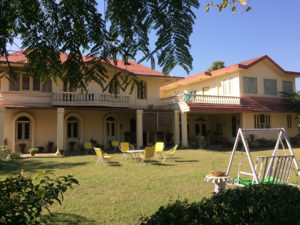
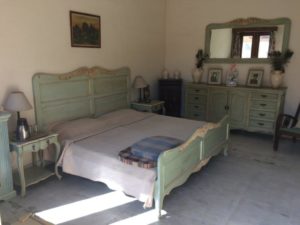
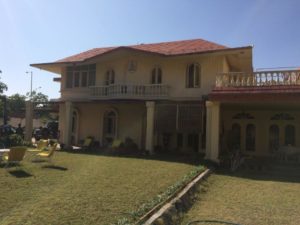
Jaipur is recognised as the hub for artists in Rajasthan and employment opportunities for people with art skills are good. Volunteers are needed to teach art in the slum schools. Class sizes are small enough and classrooms sufficiently spacious for this to be realistic. The subject matter would depend upon the skill of each volunteer and would be planned well in advance. Volunteers would be expected to teach from 8am until 2pm throughout the working week.
In order to avoid conflict with exams and holidays, the project would like volunteers in October, November and early December. Both climatically and in terms of project timetabling, this is the best time to be in Jaipur.
- Minimum duration: 2 weeks
- Maximum duration: 6 weeks
For further details, see our India country page. Then simply contact us or complete the application form.
![]()
This is a wonderful, positive project for approximately 200 special needs children with autism, cerebral palsy, acquired disabilities, and, to a lesser extent, deafness and blindness.
The school building is beautifully designed. It is colourful and spacious with plenty of open space, and entirely barrier-free and wheelchair-friendly. Without this project, most of the children would be left at home for many hours at a time while their parents went out to work. Disability rates are nearly 3% across India, but projects such as this are unusual.
Most mornings begin with a collective physical activity followed by yoga. The children are then divided into small-sized ability groups for their lessons. Each child has an individual learning programme.
In addition to the normal school subjects they study life skills such as money handling and reading (both Hindi and English) so they can live independently. Many of them are also taught vocational skills such as art, craft, textiles, printing, cooking and basic office work.
Within the school there are specialised areas for physiotherapy, occupational therapy and speech therapy. Volunteers with skills in these areas would be warmly welcomed.
In the past children have participated in theatre and drama workshops. In addition to the main painting project the school director would also like volunteers with dance, drama and/or music skills to work with as many children as possible over a period of a few weeks with the intention of putting on a performance for parents and the numerous trustees.
The lower floor of this wonderful building is a large, shaded play area surrounded by bland concrete walls. We need volunteer artists to create huge murals on what amounts to one of the biggest canvases imaginable. Volunteers would plan the mural and the children would be involved with as much of the work as possible. The sense of belonging that they would obtain from this input would be important. Depending on their dexterity it is hoped that they would be able to make a significant contribution, supervised constantly by volunteers.
The second project would be working alongside the occupational therapists to create a sensory, textured wall. This would be of particular benefit to the blind children. Materials for this can be obtained locally.
All of our art projects in Jaipur benefit from the use of a well-equipped studio provided by the Clark Amer Hotel. In addition to equipment, this provides a good meeting place for fellow artists; ideas can be exchanged and guidance offered to volunteers who are unlikely to know their way around Jaipur.
July and August are prohibitively hot and coincide with the monsoon rains which have quietened down by September. The ideal time to participate in the project would be between October and May, for a minimum of two weeks.
- Minimum duration: 1 weeks
- Maximum duration: 6 weeks
For further details, see our India country page. Then simply contact us or complete the application form.


